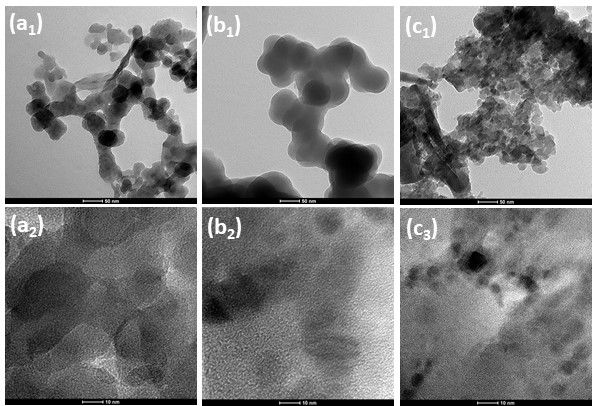(176b) Newly Synthesis Different Types of Bioactive Nano-Glass with Levofloxacin Loading Capability
AIChE Annual Meeting
2024
2024 AIChE Annual Meeting
Food, Pharmaceutical & Bioengineering Division
Poster session: Food and Bioprocess Engineering
Monday, October 28, 2024 - 3:30pm to 5:00pm
Biomaterials have advanced significantly over the years, moving from being bio-inert and only acting as substitutes for injured tissues to actively encouraging tissue regeneration and healing. The use of implants to repair damaged bone tissue is presently common practice to treat a wide range of diseases, and usage of this technique grows yearly. Its success is a result of the work done throughout time on new materials that satisfy the biomechanical and biological parameters of an artificial implant in order to lower the rate of patient rejection. This field is still developing, however some materials, like titanium used in dental implants and stainless steel used in temporary fixation devices, have already been approved. The development of implants nowadays focuses on three key areas: (i) the use of composite material, (ii) doping of conventional materials, and (iii) Surface modification. The goal is to increase implants' longevity and success rate after implantation. Bioactive glass have been utilized in various applications like bone regeneration and dental implantation due to its cementitious properties. Moreover, it can be used in minimal invasive surgeries due to its injectability advantageous. Owing to its biological characteristics, this biomaterial is marketed for certain clinical uses. Unfortunately, because of their weak mechanical qualities, these ceramic materials can only be employed to make membranes, grafted bones, or scaffolds. Furthermore, because phosphorous, which is naturally found in the body, mixes with the calcium that has been released to make apatite with chemical formula Ca10(PO4)6 (OH)2, the phosphate concentration is not necessary for bioactivity. It is worthy mentioning that di-calcium phosphate anhydrous and tetra-calcium phosphate shows a remarkable cement like properties when they mixed with water to form slurries with hardening merits. The aim of this study is to synthesis three different types of bioactive Nano-glass based on its porosity and surface area and monitoring the release of levofloxacin antibiotic (LF) to suppress tissue inflammations and prohibit infection in early stages of bone recovery. The as-synthesized Nano-glass materials were named plain bioactive glass (PBG), Silicon quaterinum-22 bioactive glass (SBG), and CTAB bioactive glass (CBG).the LV antibiotic was impregnated into the different types of bioactive nano-glass with altered dosing content of LV antibiotic to optimize the antibiotic release from the composite materials. The results shows that the CBG has the highest surface area compare to SBG and PBG with specific surface area 387.1, 247.9, and 152.5, respectively. Additionally, the microstructures of the as-synthesized materials shows a spherical with connective particles which decrease significantly with changing the preparation method. The particle size reduced from approximately 50 nm for SBG (figure b1 & b2) to 30 nm and 10 nm for PBG and CBG, respectively, (figure a1 & a2) and (figure c1 & c2). It is worthy mentioning that the impregnation process of LV antibiotic didn’t alter the physical and the chemical properties of the as-synthesized BG such the morphology, biocompatibility and injectabilty. Consequently, the newly developed bioactive glass composite can be utilized in clinical surgery to achieve the synergistic sustained release of LV antibiotic and osteoconductive activities.


